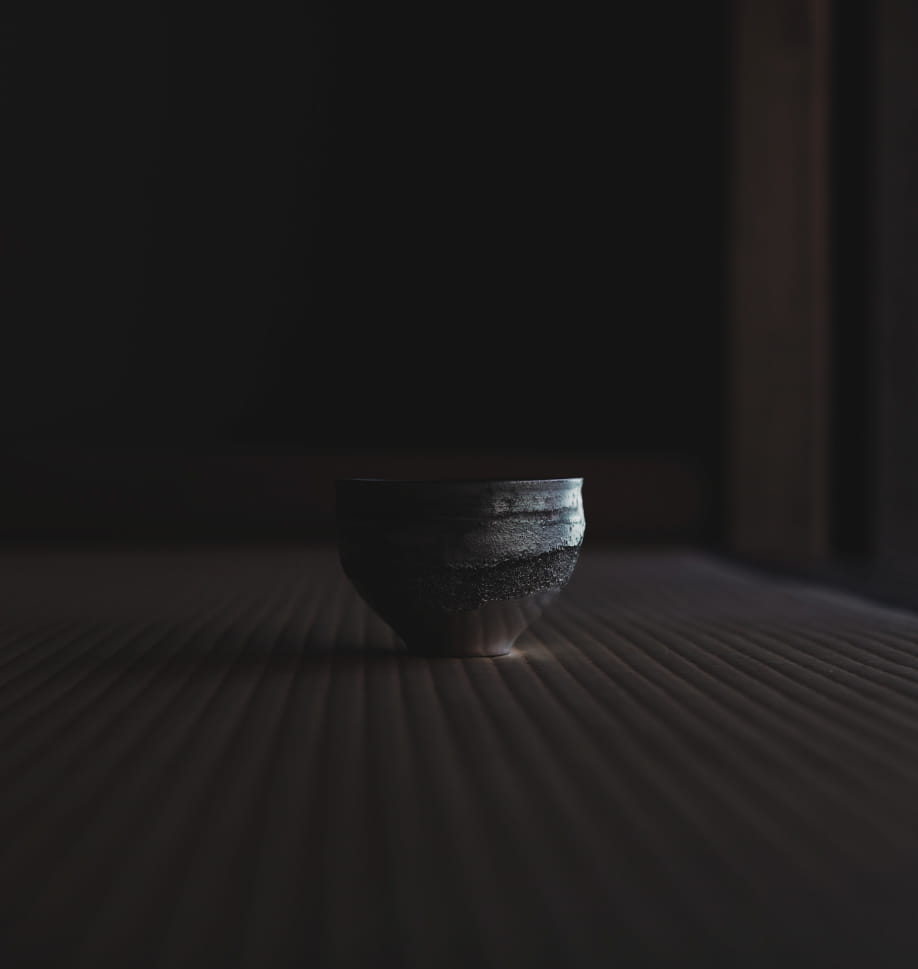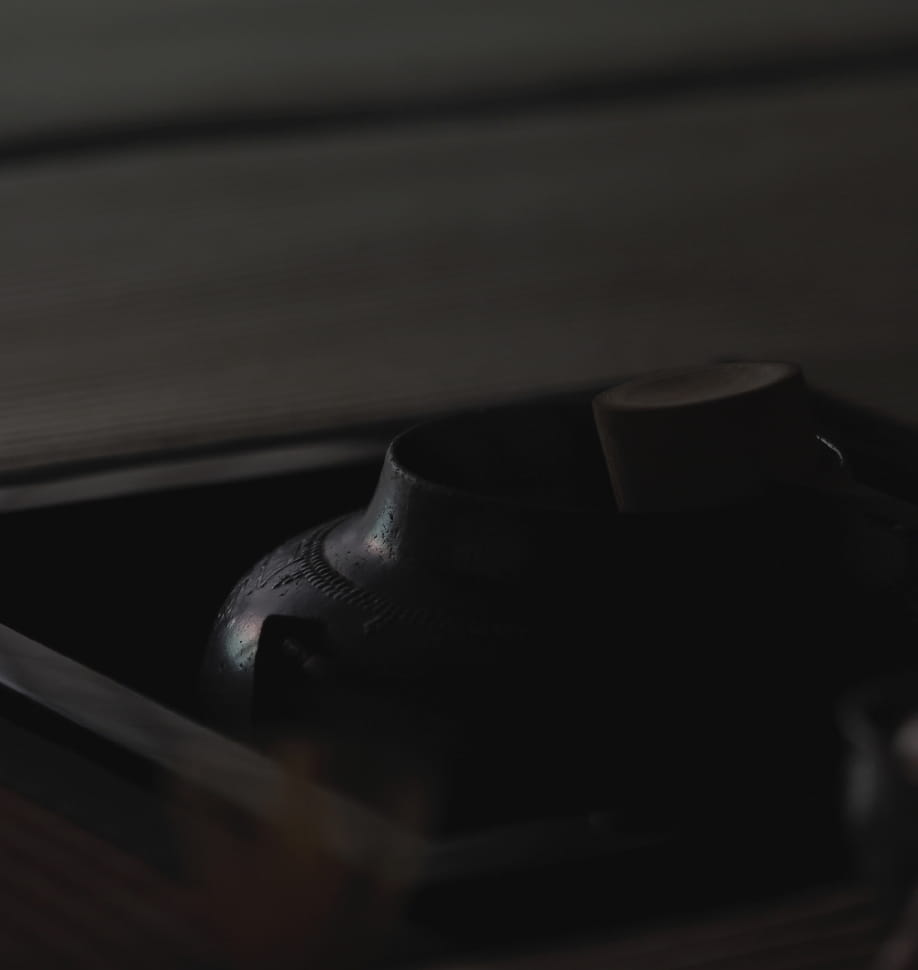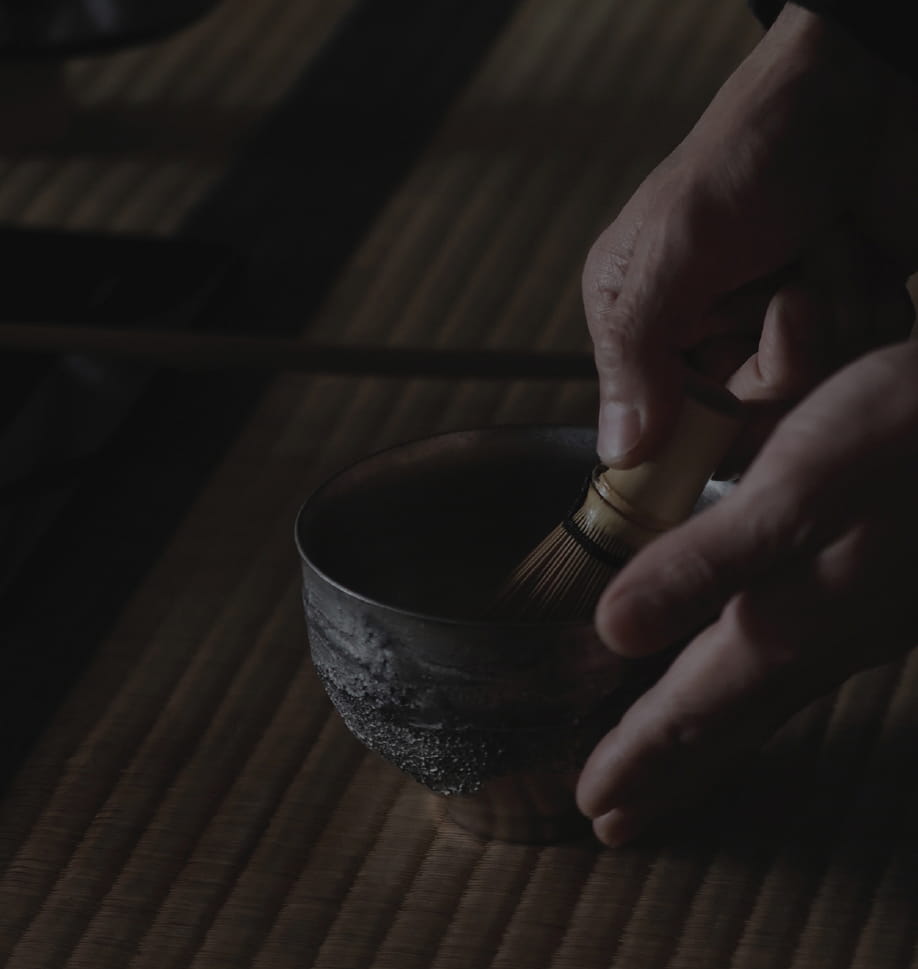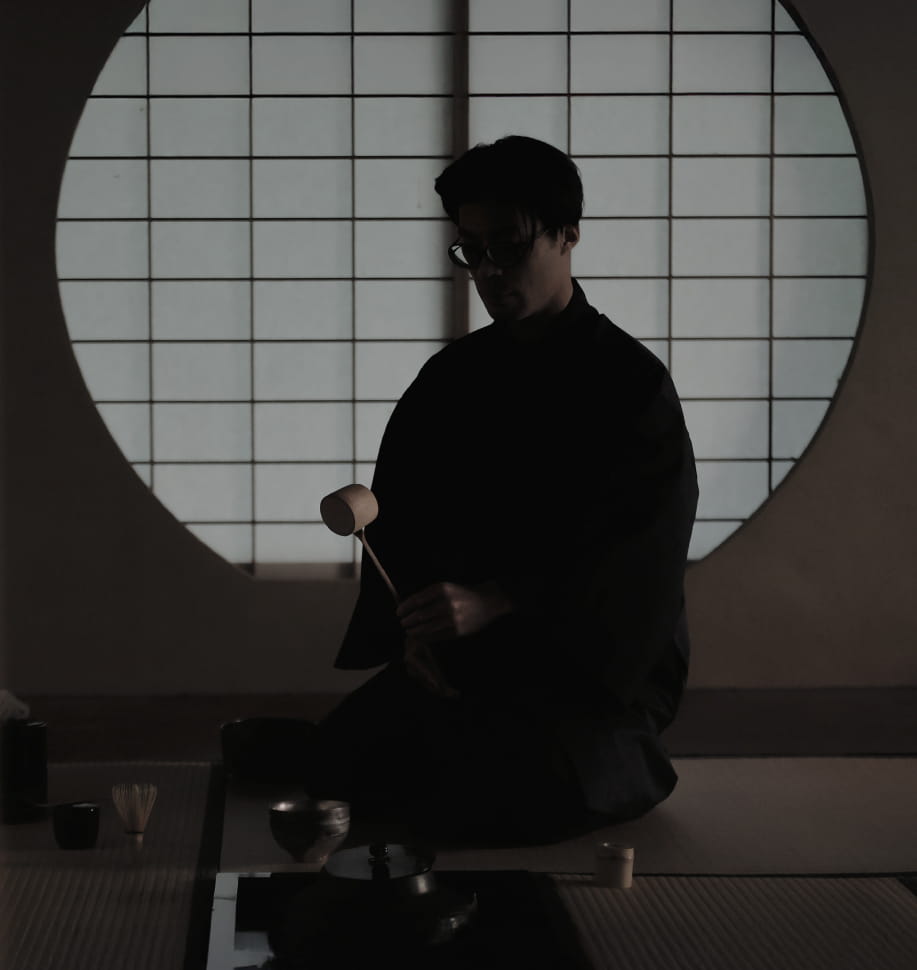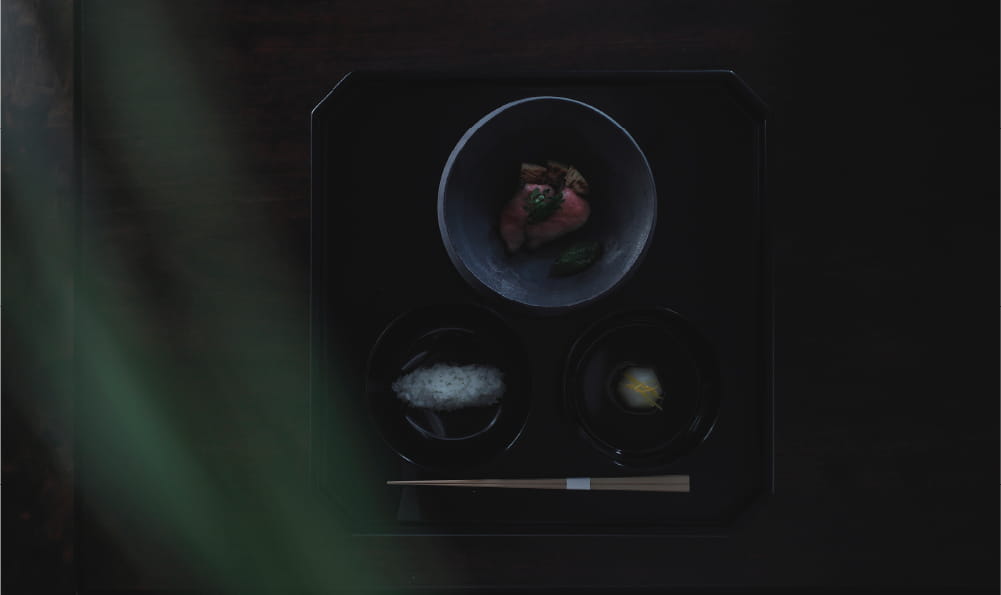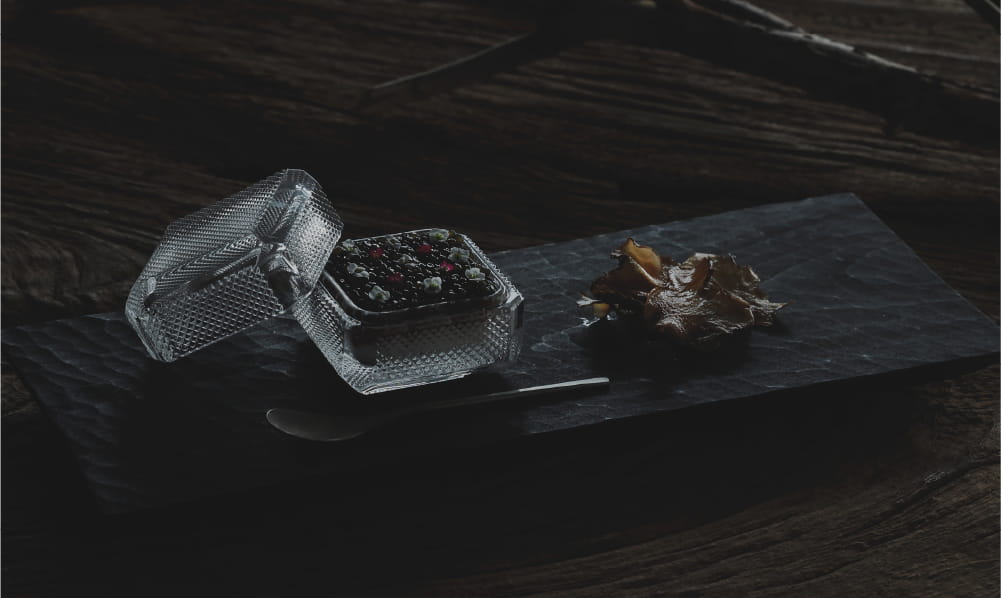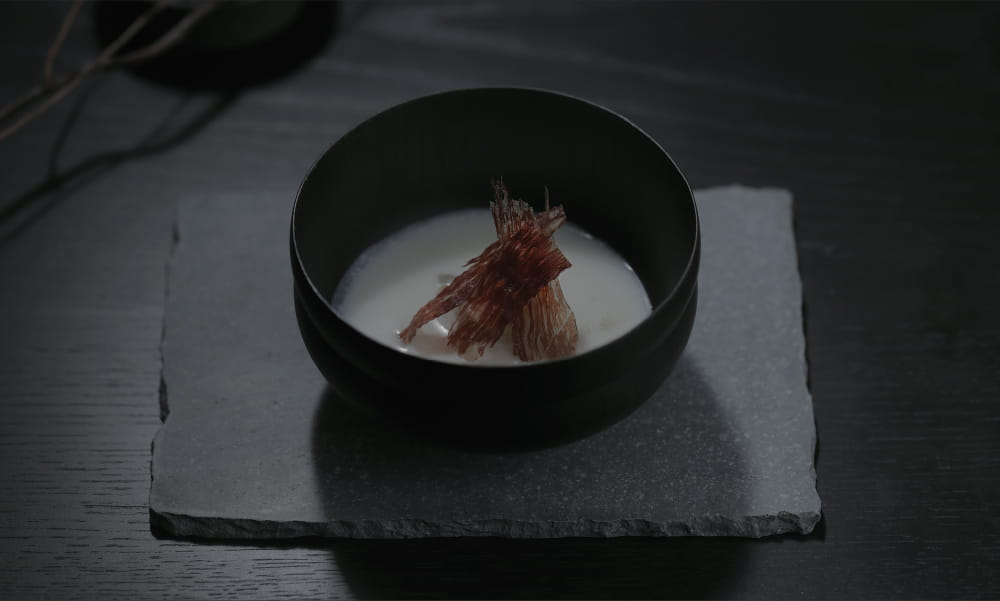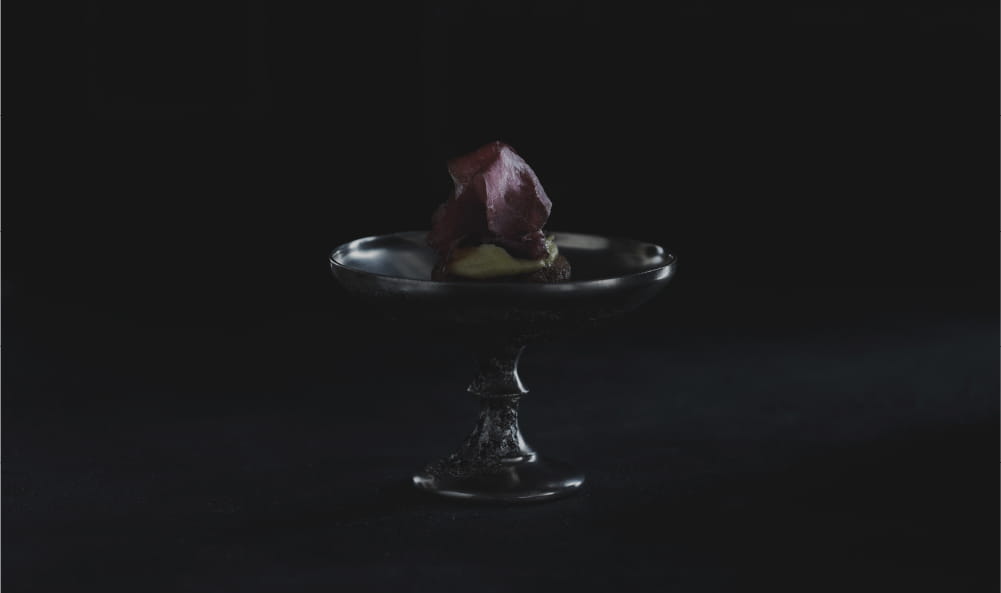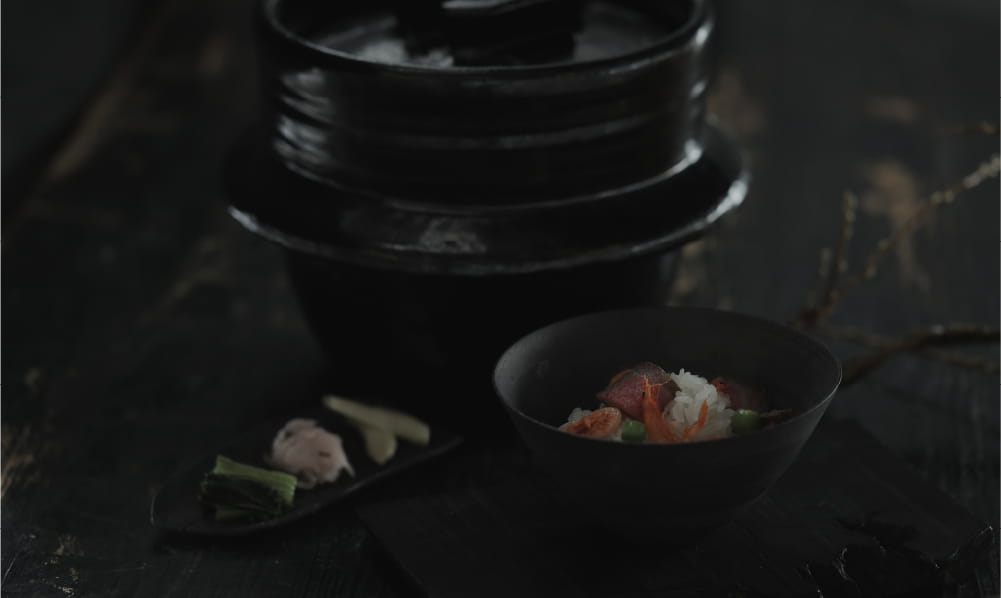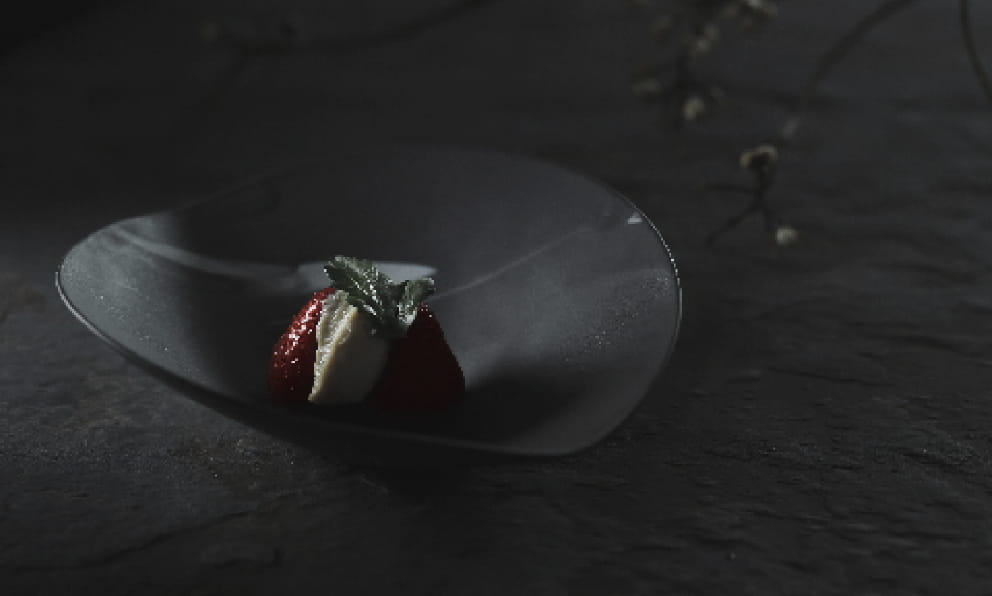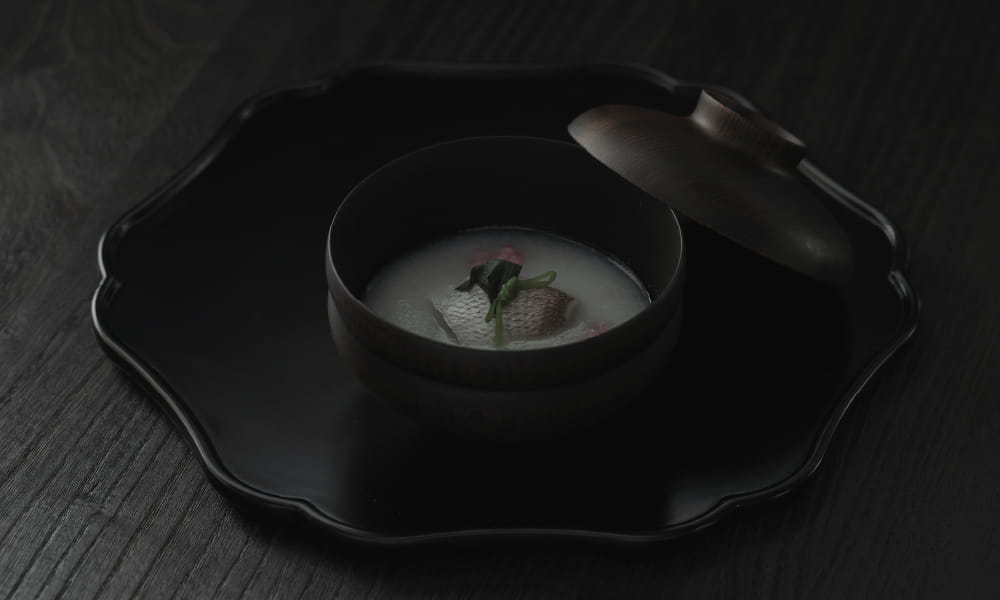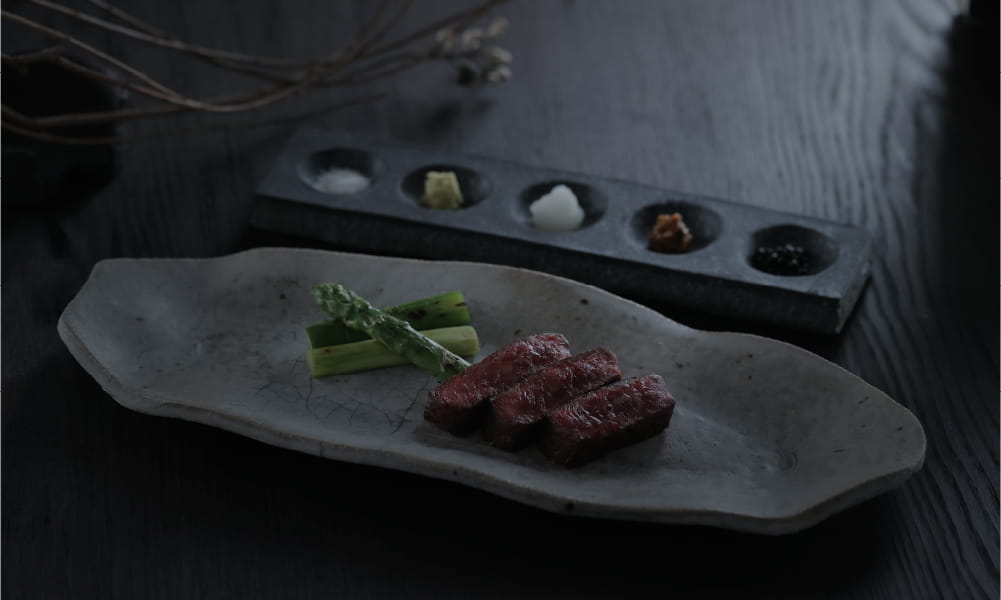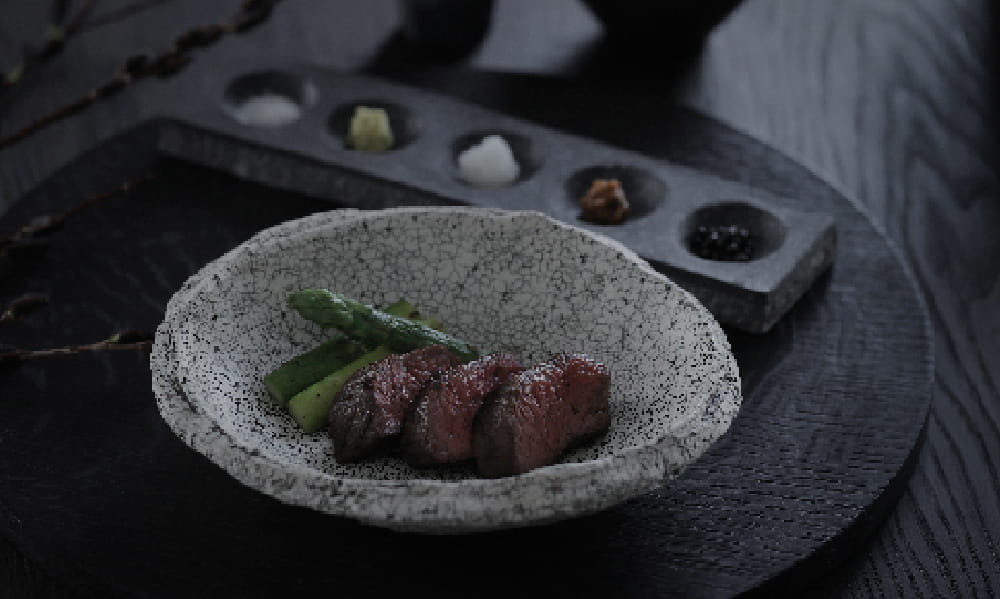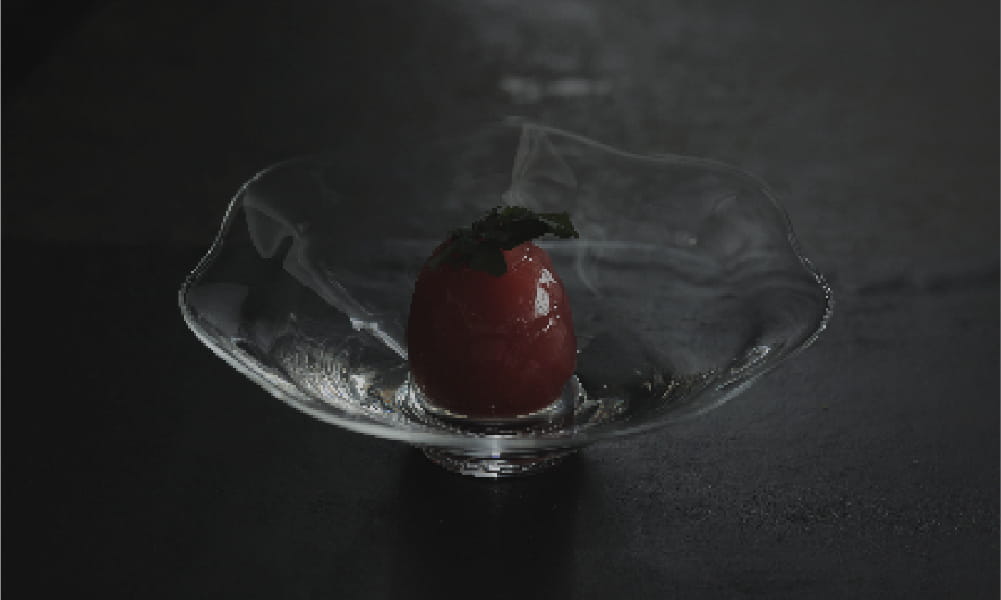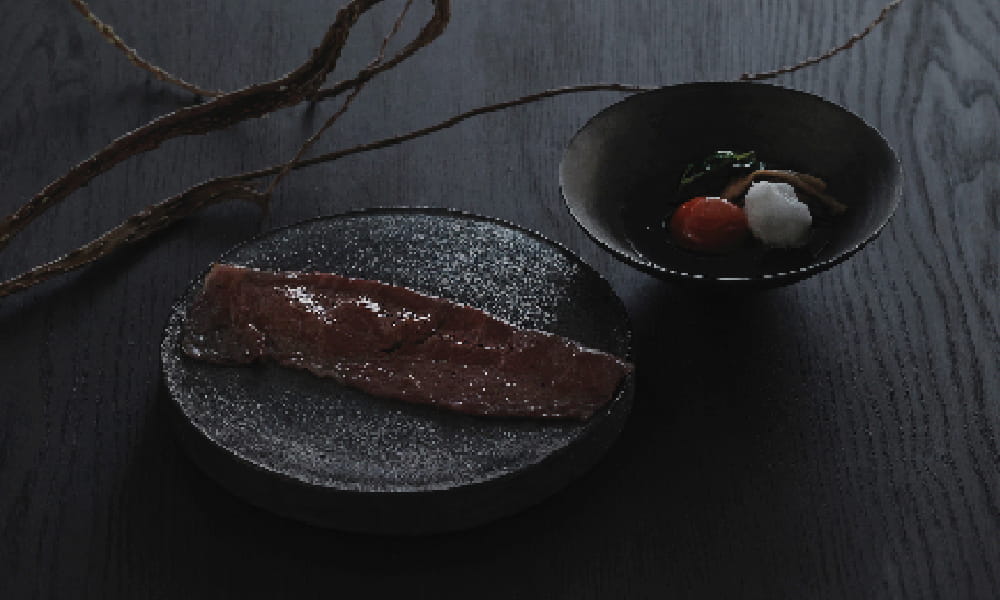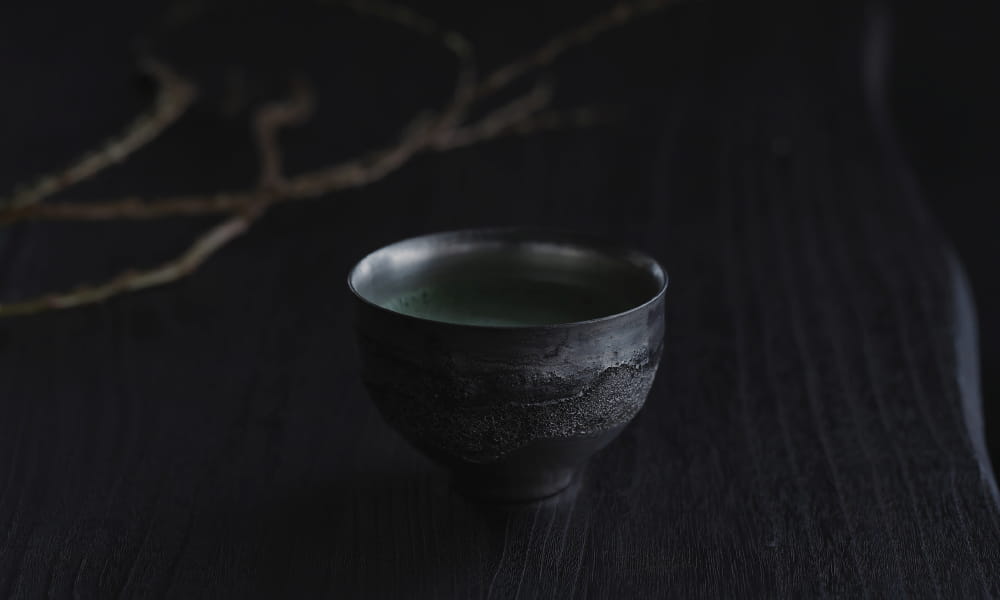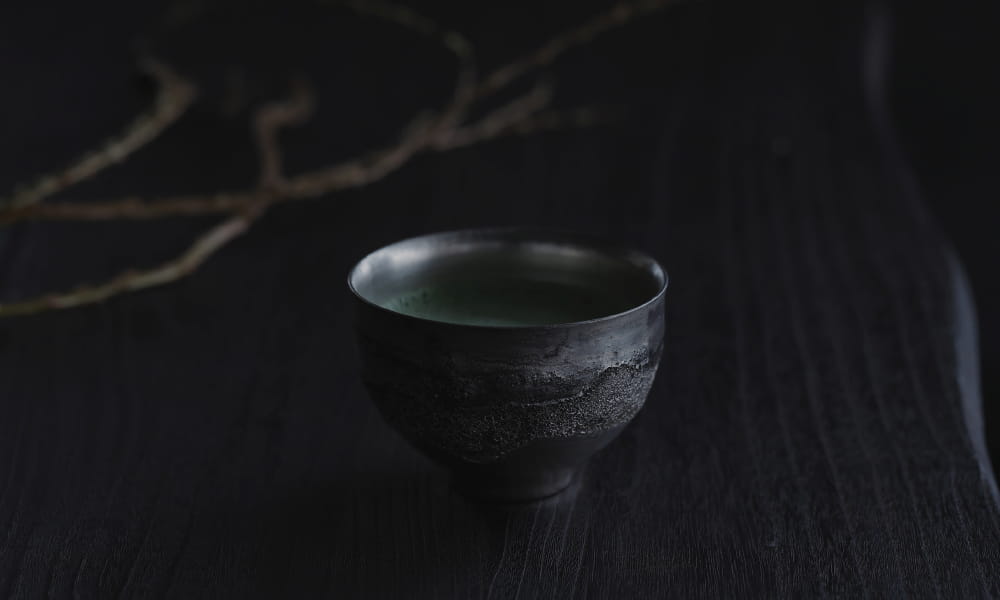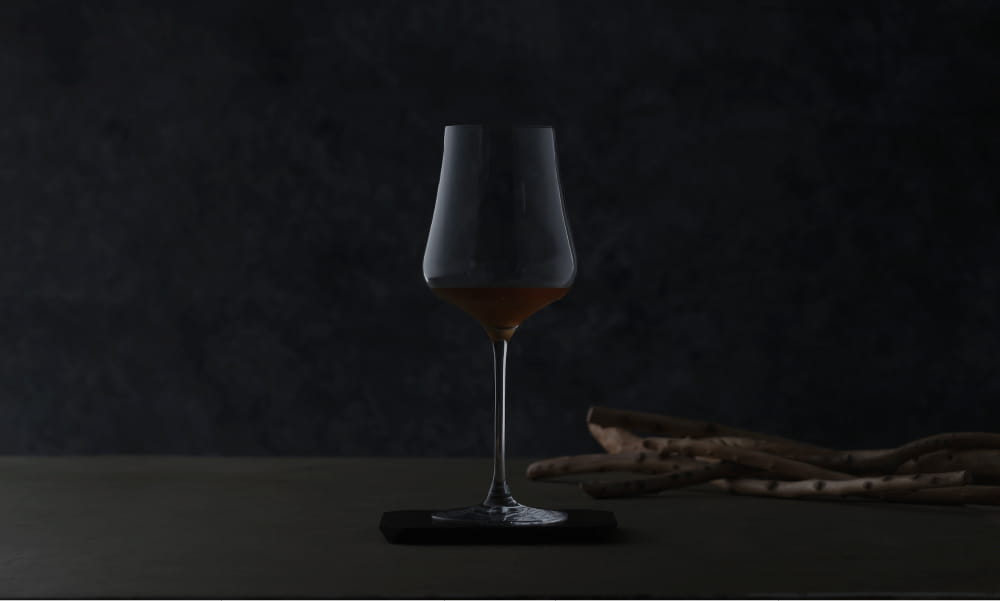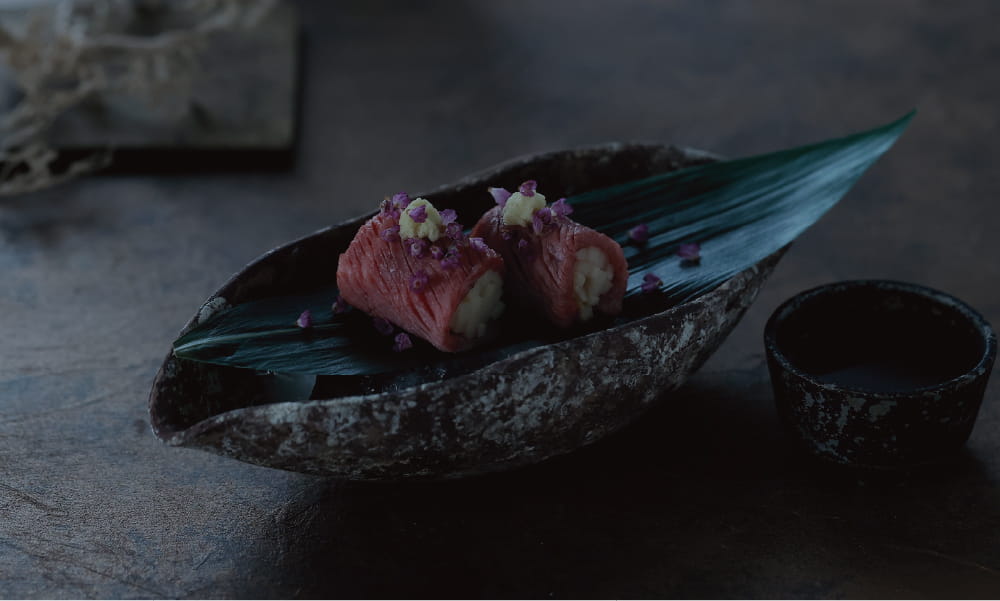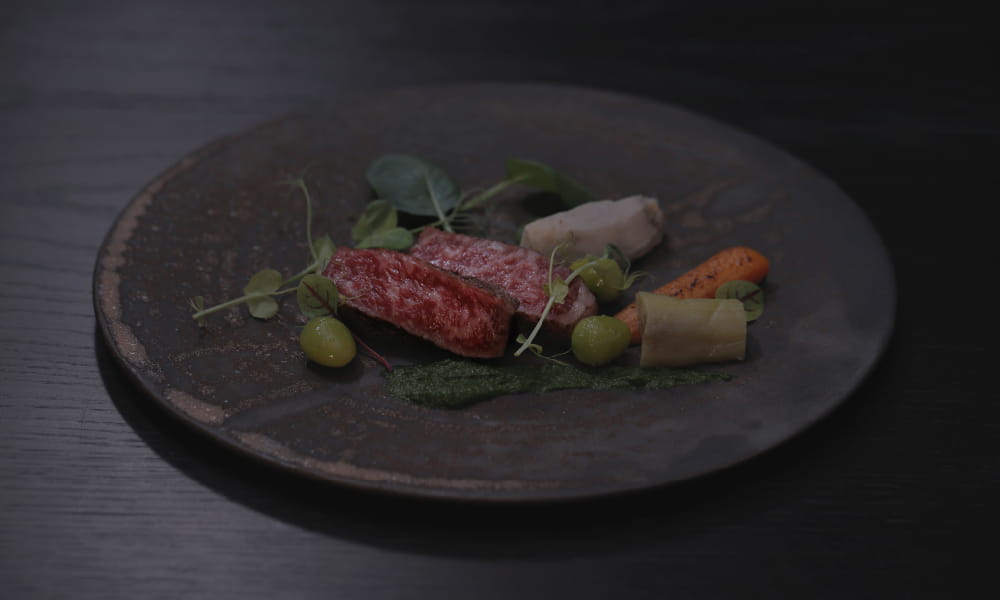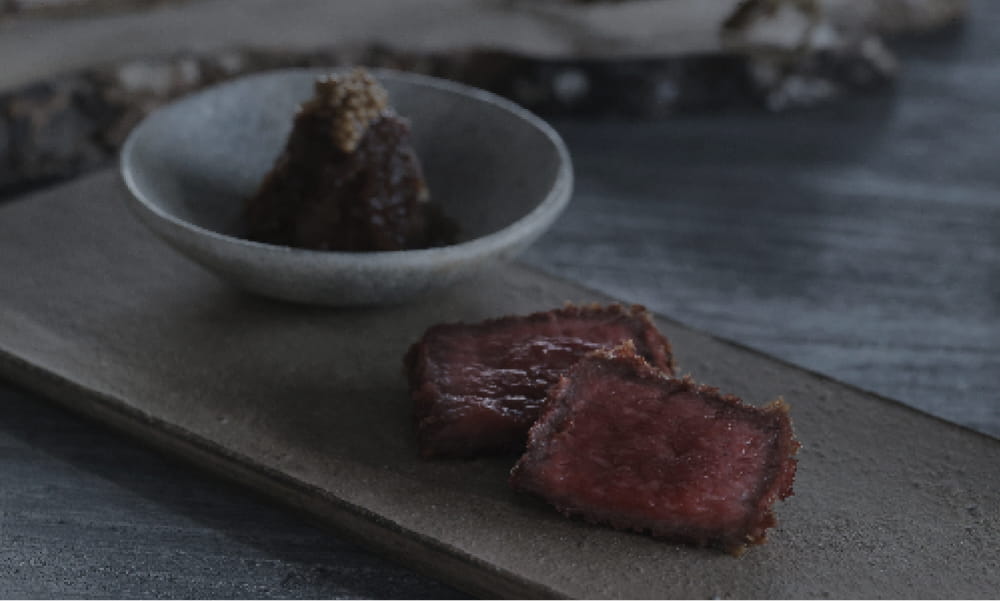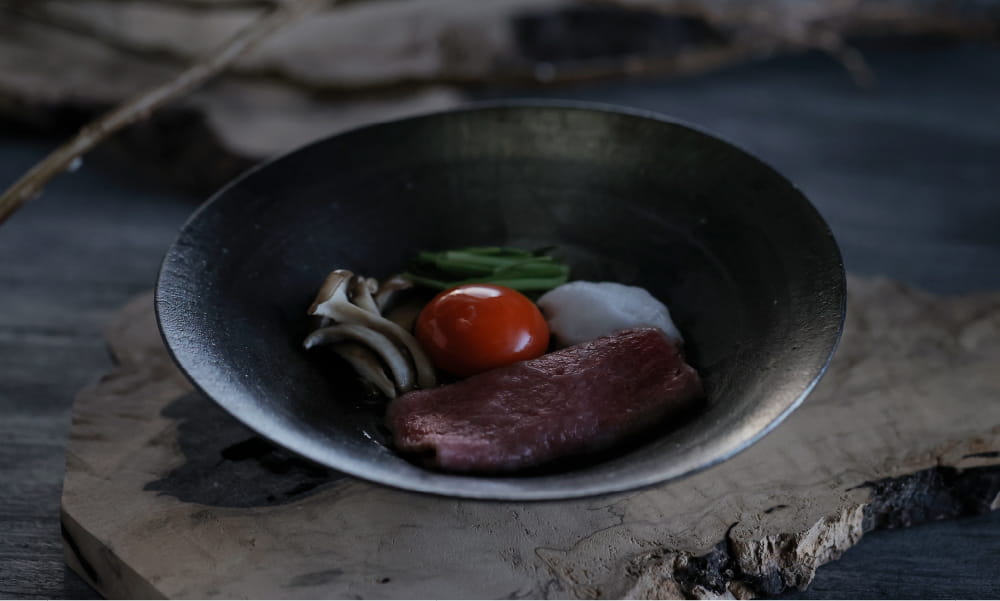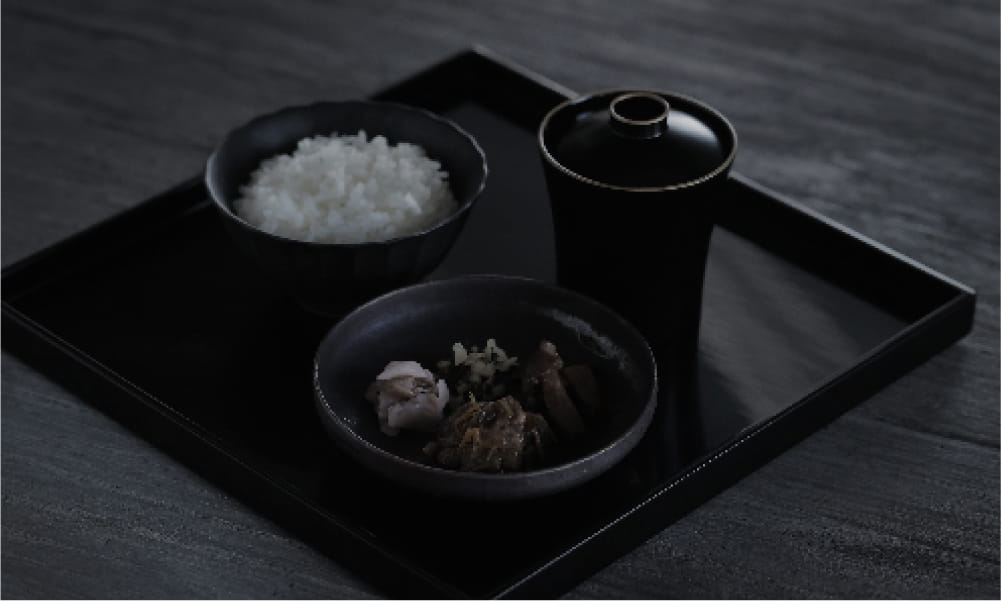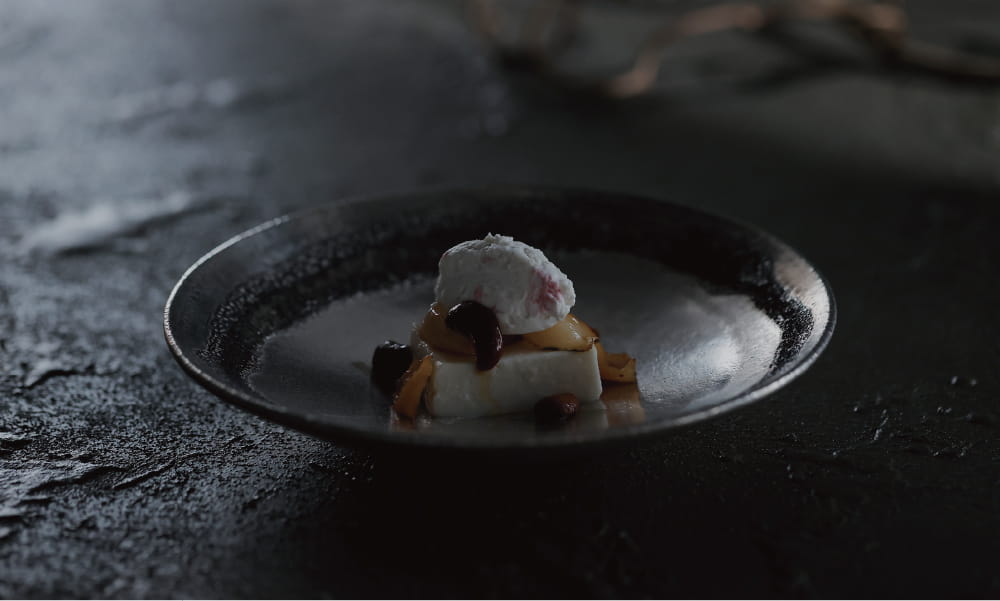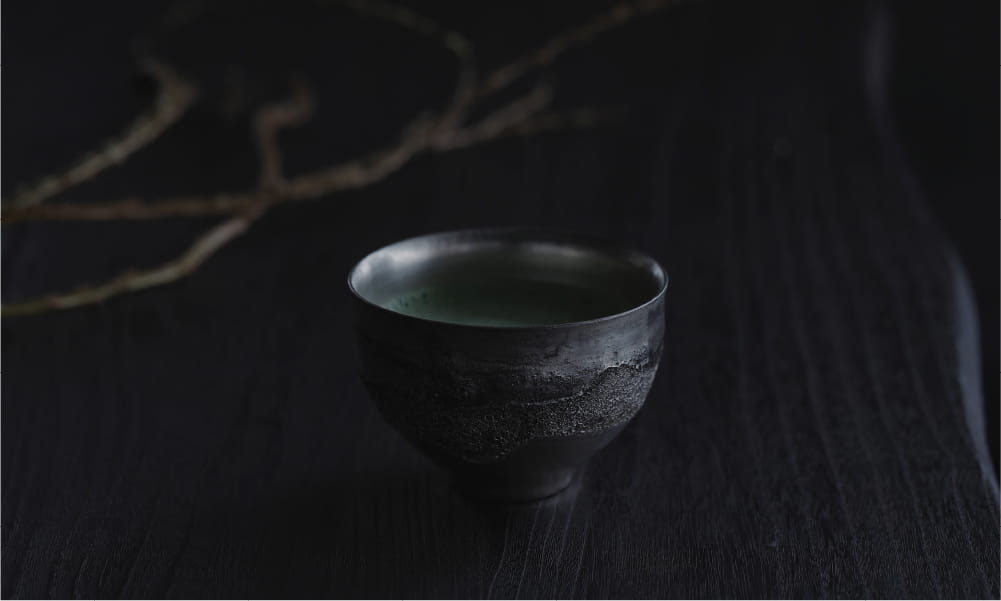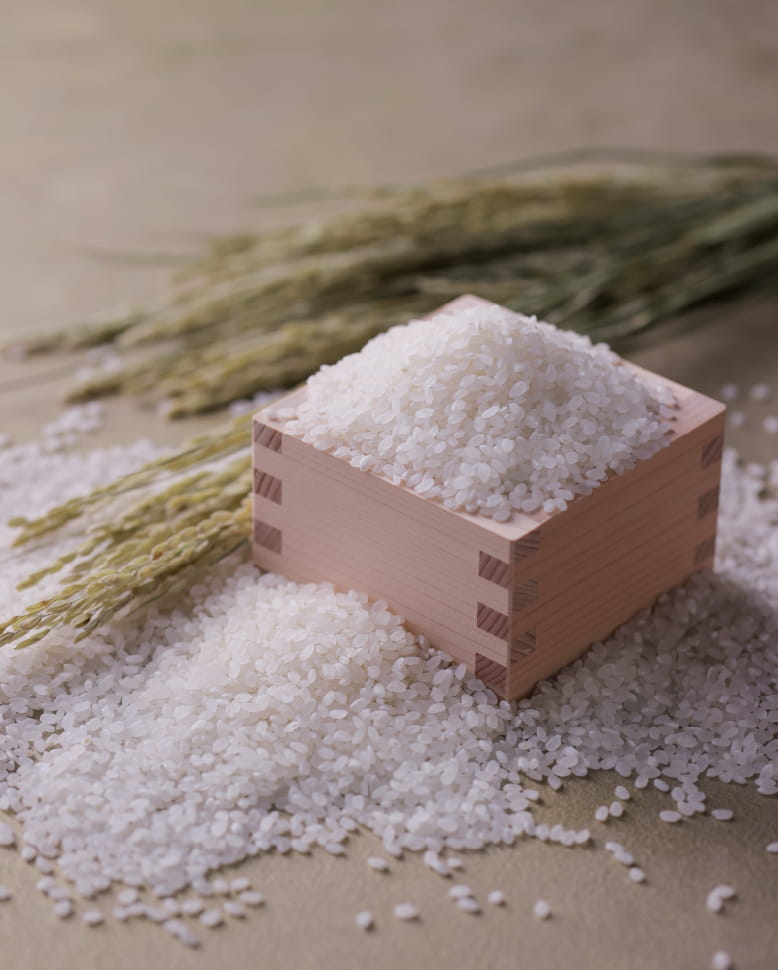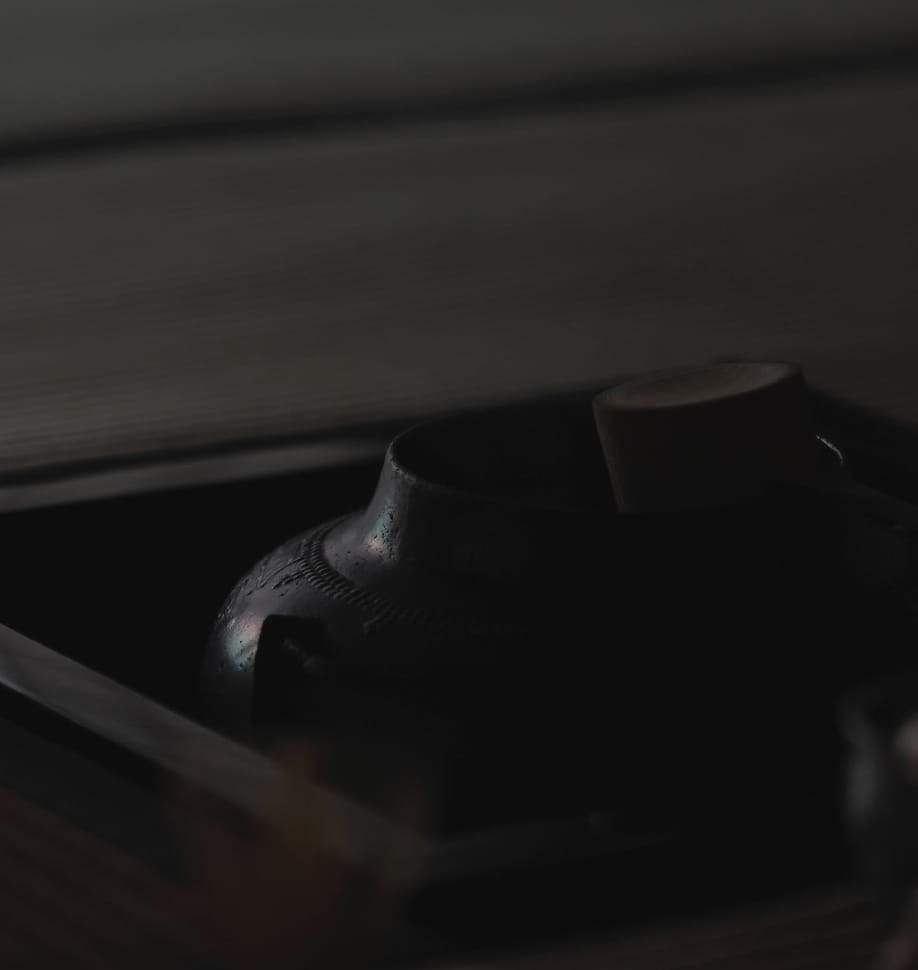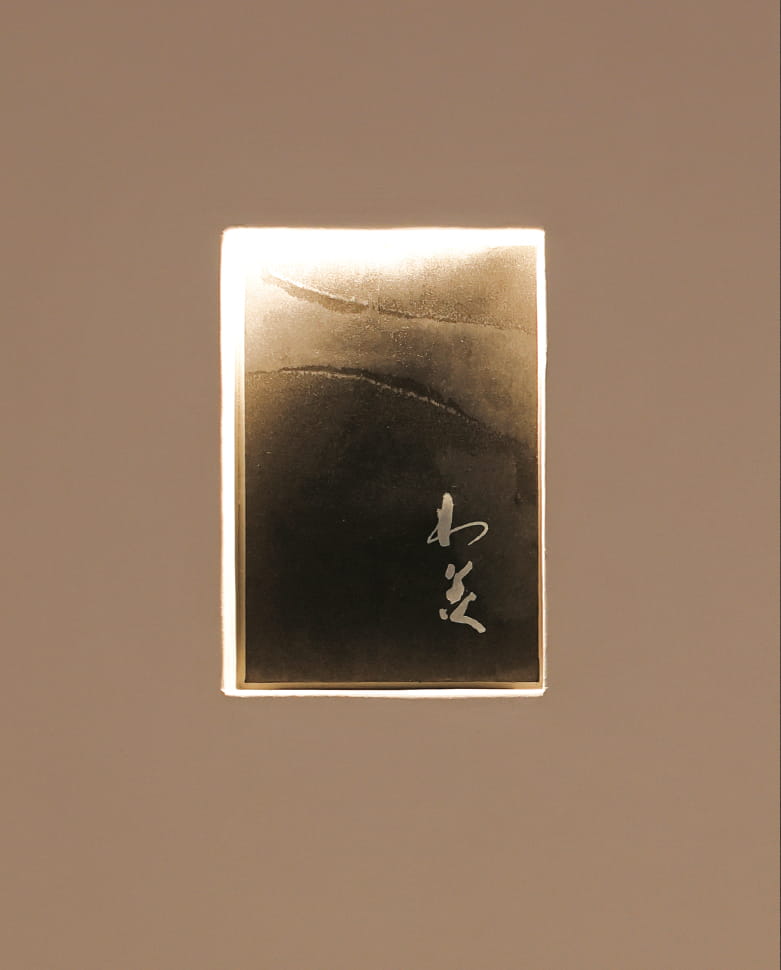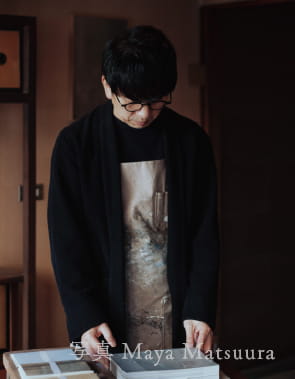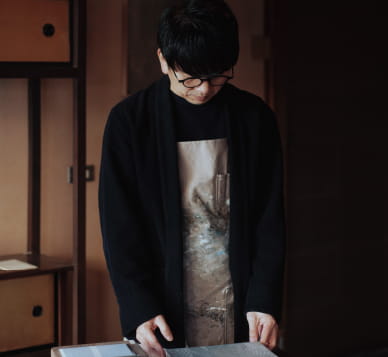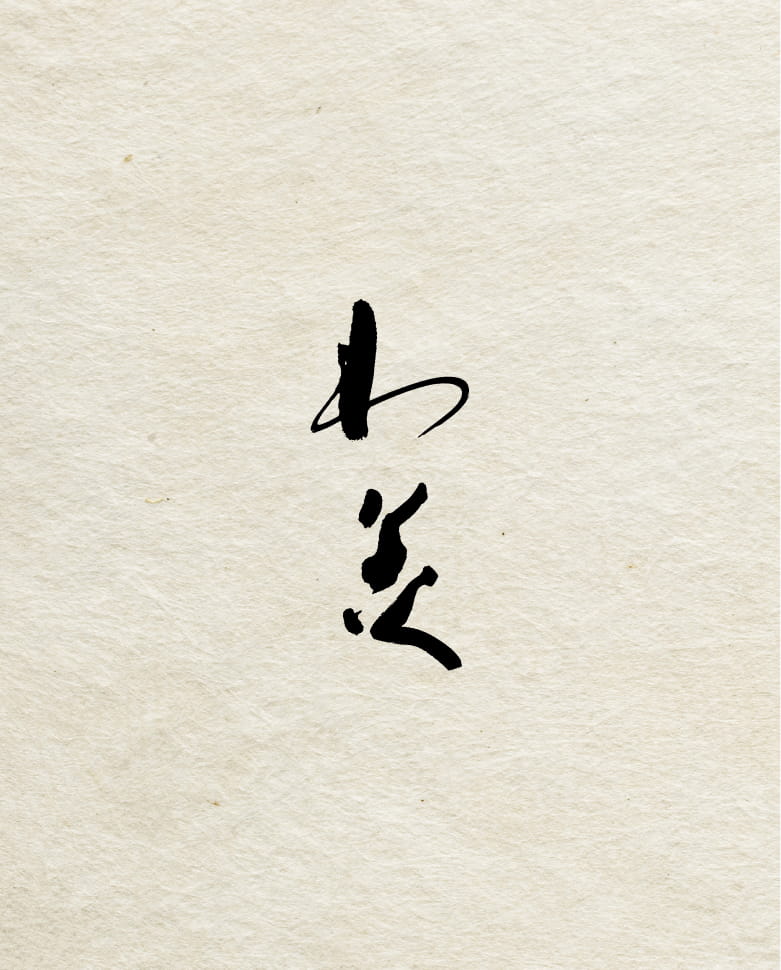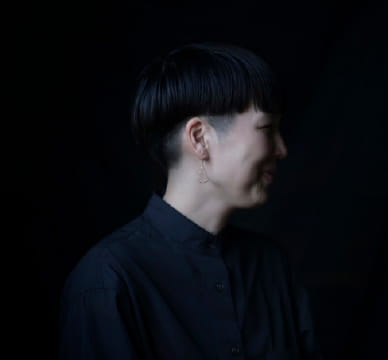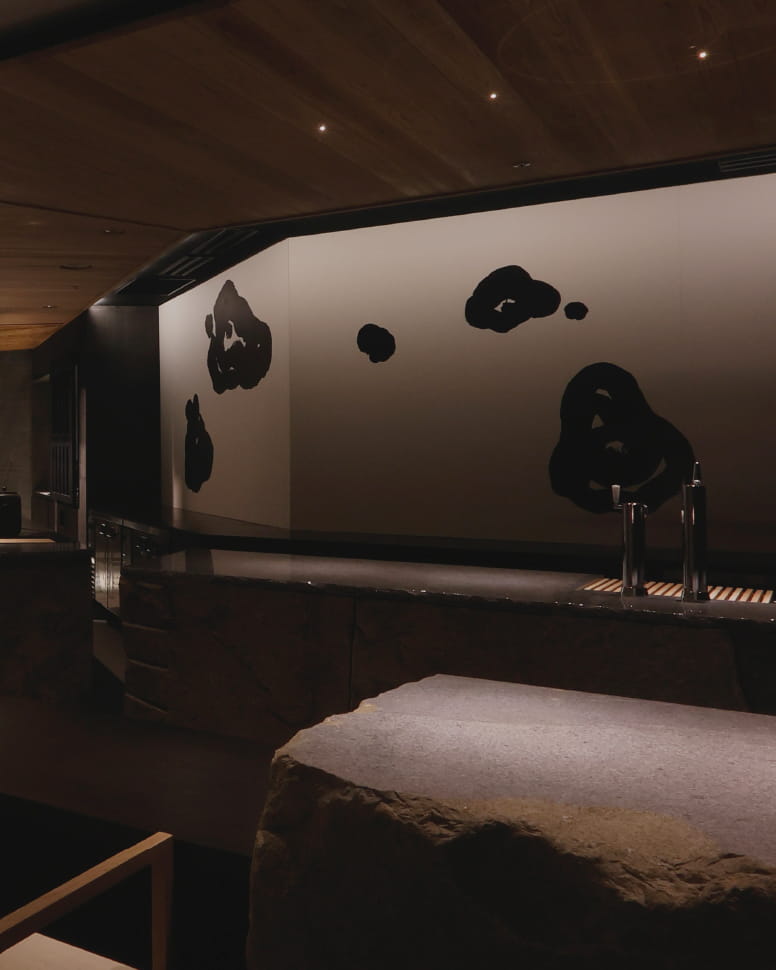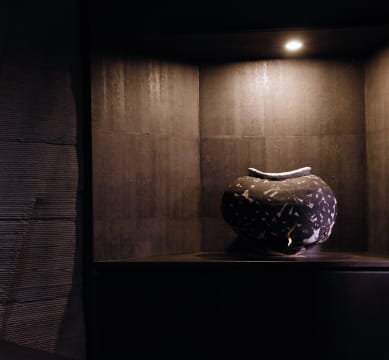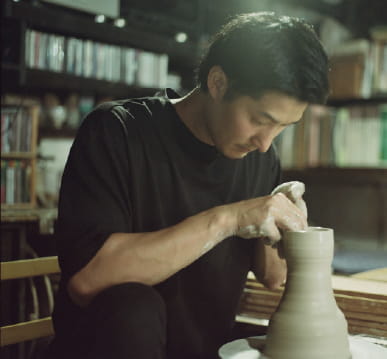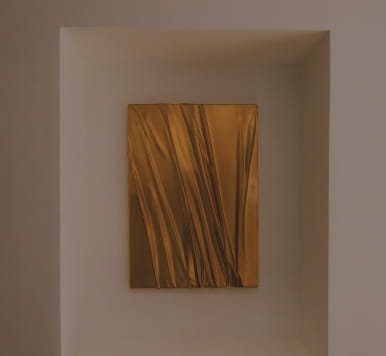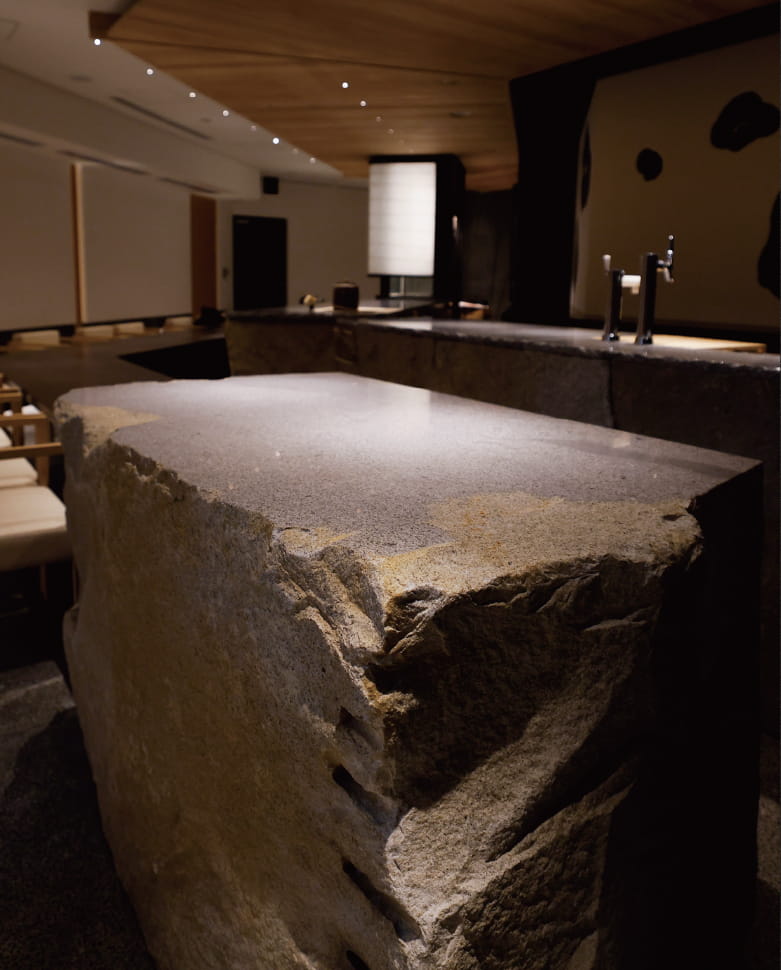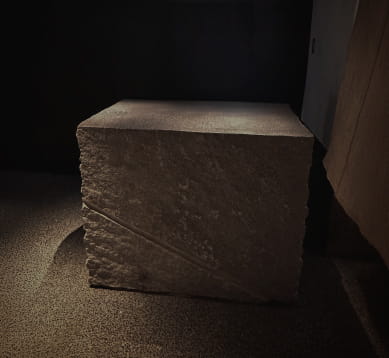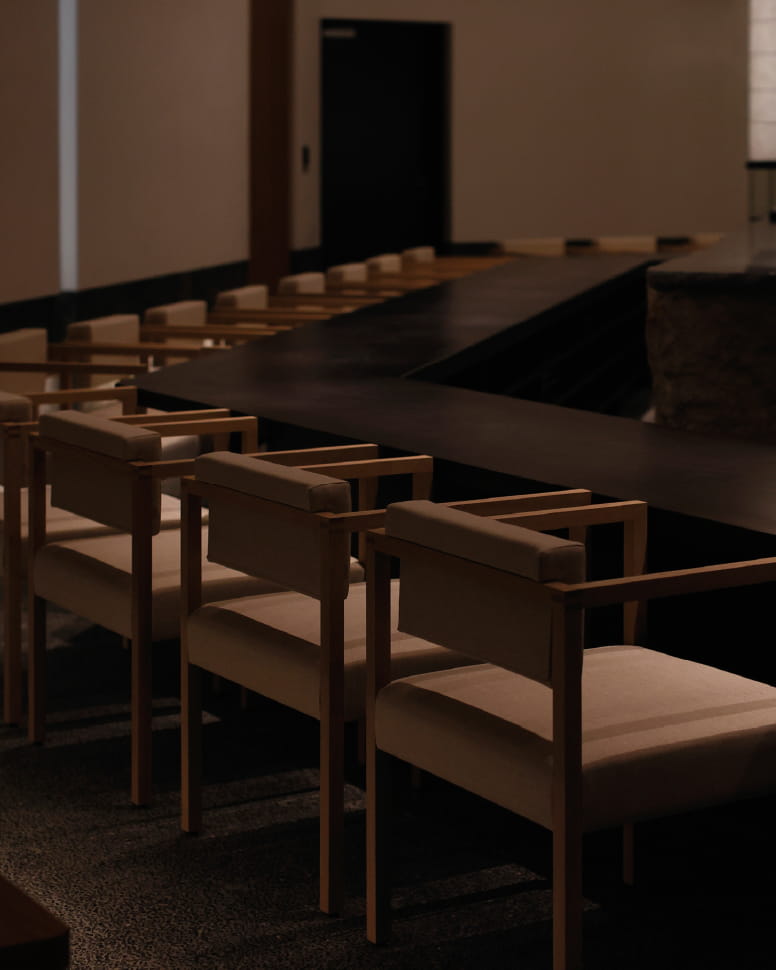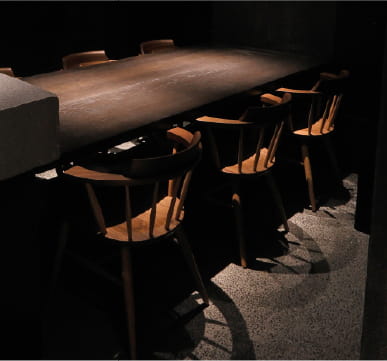In this impermanent world,
the host is pouring their heart into each act of making a cup of tea
to share the joy of being fully present with the guest
The hospitality and artistic sensibility cultivated through the Japanese tea ceremony have
implicitly inspired the aesthetic and spirit deeply rooted in Japan.
People living in this country have been
constantly refining the art of hospitality to entertain guests.
Based on the philosophy of the tea ritual, we at Wabi take in the intrinsic beauty
of new cultures and values to reinvent a novel culinary experience.
Beyond just a dimly lit space,
we will endeavor to create a landscape that has never before been seen.
Sharing our beauty,
Wagyu Kaiseki Wabi
Wagyu Kaiseki
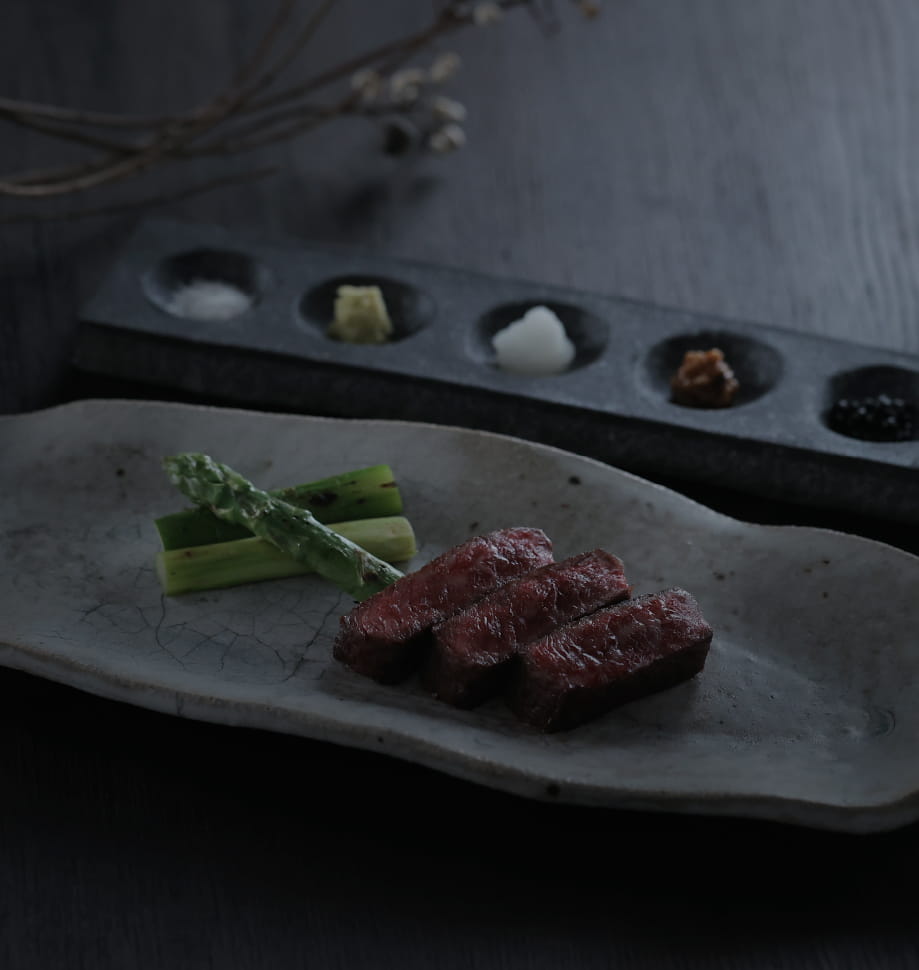
Tea ceremony and Wagyu beef
Experience a superb culinary delight
The spirit of cha-kaiseki, a simple tea ceremony meal, became widespread among the samurai and merchant classes and the style of the meal was elevated into a multi-course Japanese cuisine, called kaiseki. The hospitality and the sensibility of appreciating seasonal changes were handed down within the culture of high-end restaurants. After entering the Meiji era, or around the late 19th century, Japan began embracing the culture of eating beef. Some time later, Japan’s Wagyu beef, including Kobe beef and Omi beef, was established and soon became renowned globally.
Wabi tracks the history of the tea ceremony meal and Japanese beef, and reinvents a new culinary experience as Wagyu Kaiseki—a presentation of modern Japanese beauty. We at Wabi will welcome you with warm hospitality, serving meticulously prepared dishes along with a cup of tea.
-The beauty of summer-
 Wabi Lunch Course
Wabi Lunch Course -Wagyu beef and the beauty of summer-

Growers & Producers
Sharing the bounty of nature
and changes of the seasons
Since ancient times in Japan, it’s been said that deities reside in things as small as a grain of rice. For that reason, people in Japan place their hands together and say “Itadaki-masu” before a meal to express their gratitude to each and every ingredient and those who grow those ingredients.
We at Wabi also embrace this kind of grateful heart and a Japanese food culture that makes full use of seasonal ingredients, and we strive to create a rich culinary experience by working together with growers and producers who we admire.
-
Morimoto Stock Farm
Hyogo Kobe beef
-
Takara Stock Farm
Shiga Omi beef
-
Ryuoen Tea store
Kyoto Matcha
-
Rishoen Tea store
Kyoto Japanese tea
-
Wagyu Chugen
Osaka Wagyu bresaola
-
Yoshida strawberry farm
Nara Kotoka
-
Yamamoto poultry farm
Kyoto Kinshi-no-sekisai eggs
-
Kitchoraku Co., Ltd
Niigata Koshihikari
-
Teramoto Farm
Osaka Sangamaki tomatoes
with us and with you in the future.
Our Space
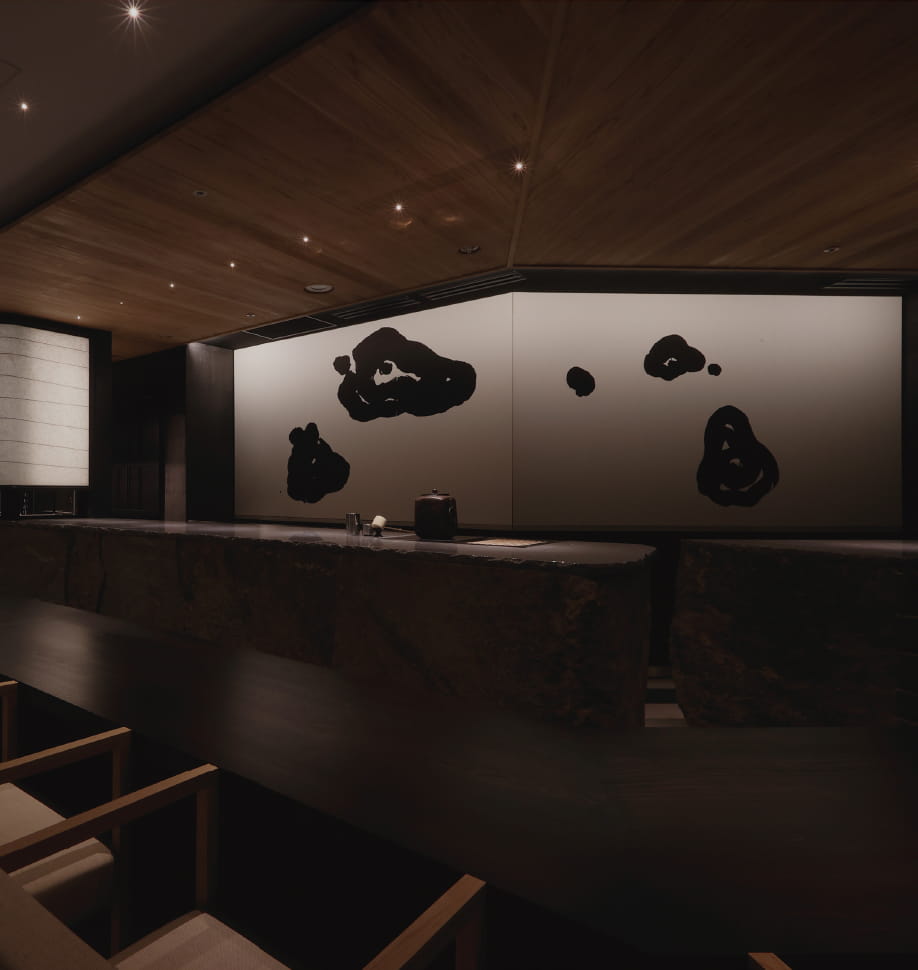
Beauty woven by people
and nature in a nuanced space
A serene atmosphere, like that of a tea-ceremony room, lingers here. Something profound and suggestive is created through light and shade. Stones that may have been polished in the natural environment for tens of thousands of years. Plaster and iron have taken on a patina as they age and become rustic over time. Crafts made by the hands of woodworkers show a world-class quality.
We at Wabi hope that our customers spend a peaceful, rich moment in our space to search their souls, or embrace precious opportunities with their companions to deepen their conversations. In this ever-changing world, we endeavor to create a superb environment where our customers share in the joy of being present.
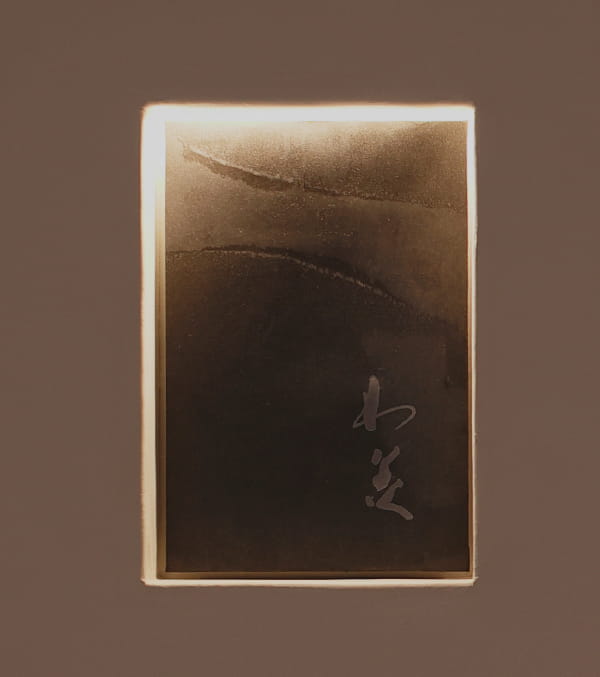
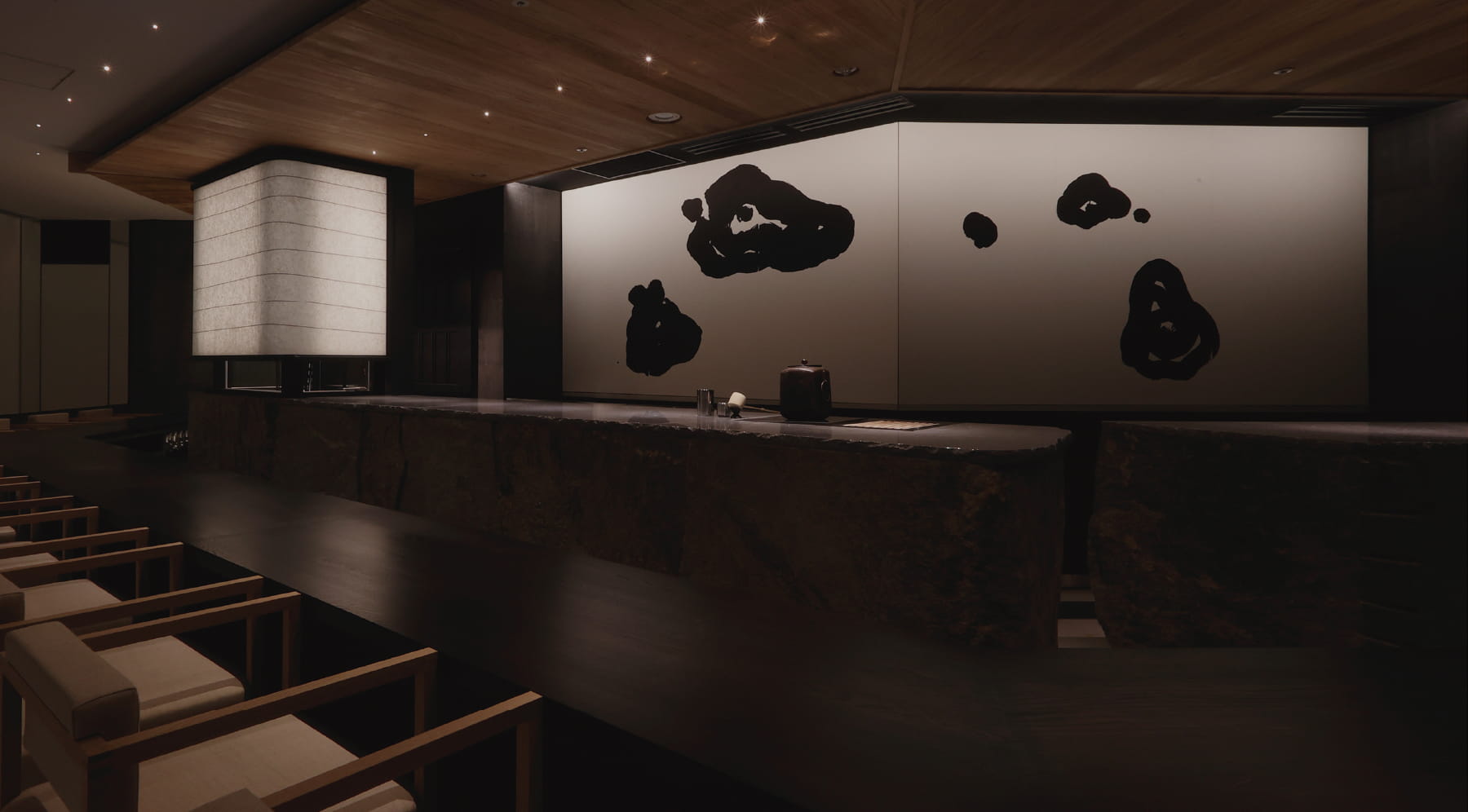
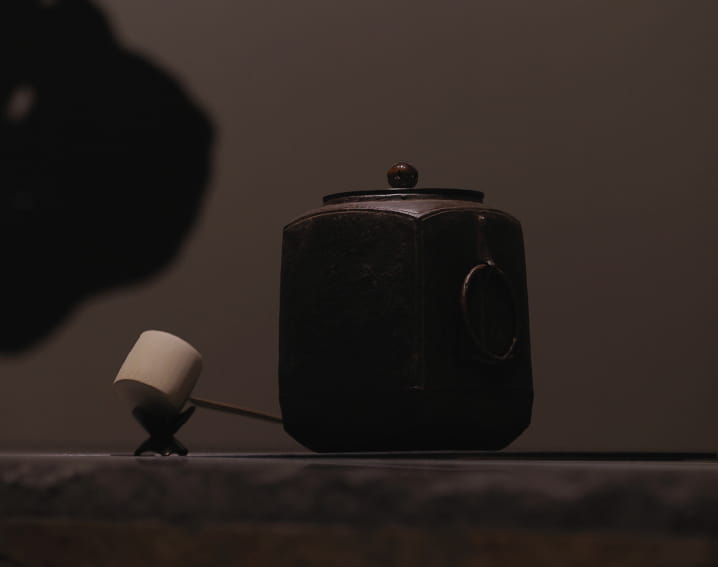
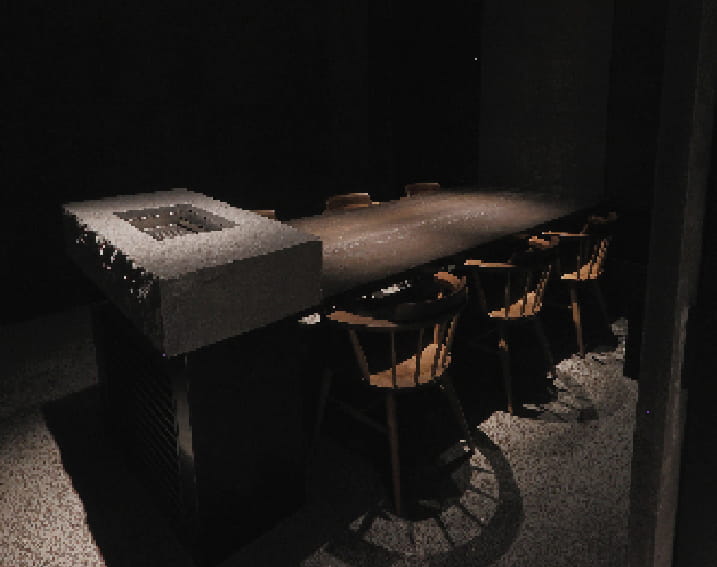
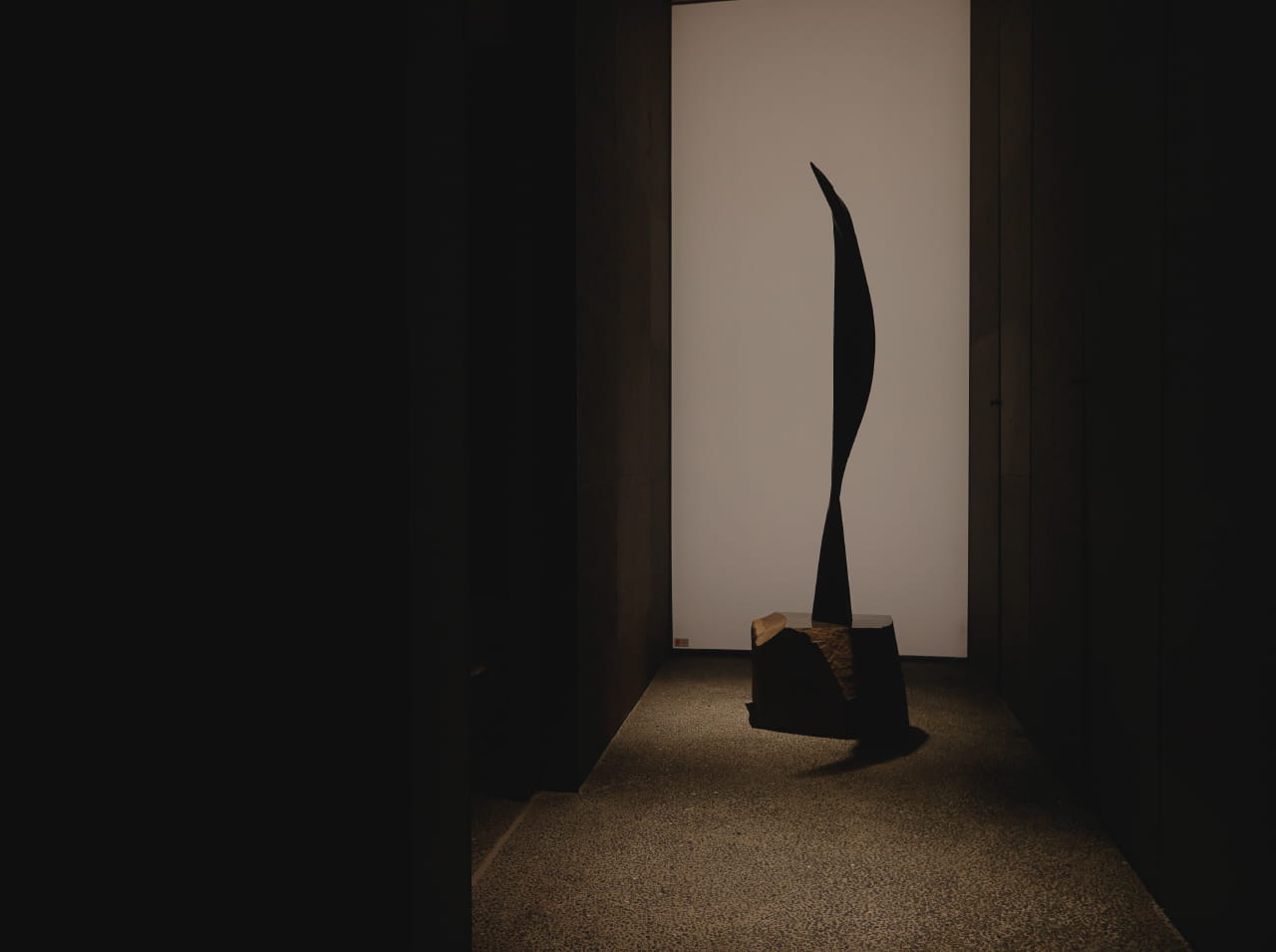
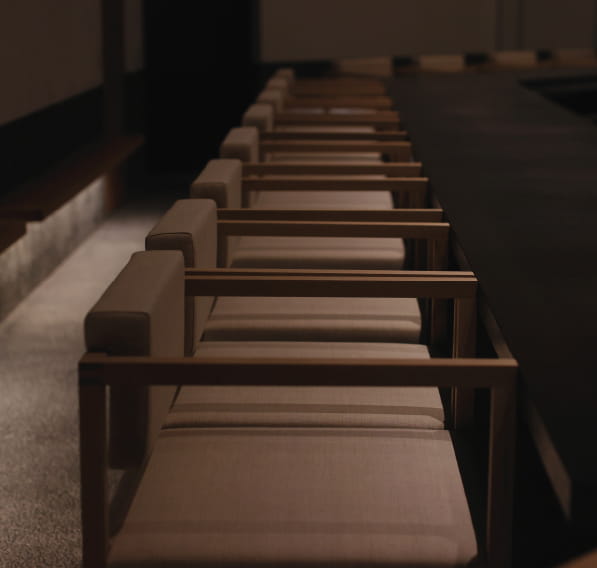
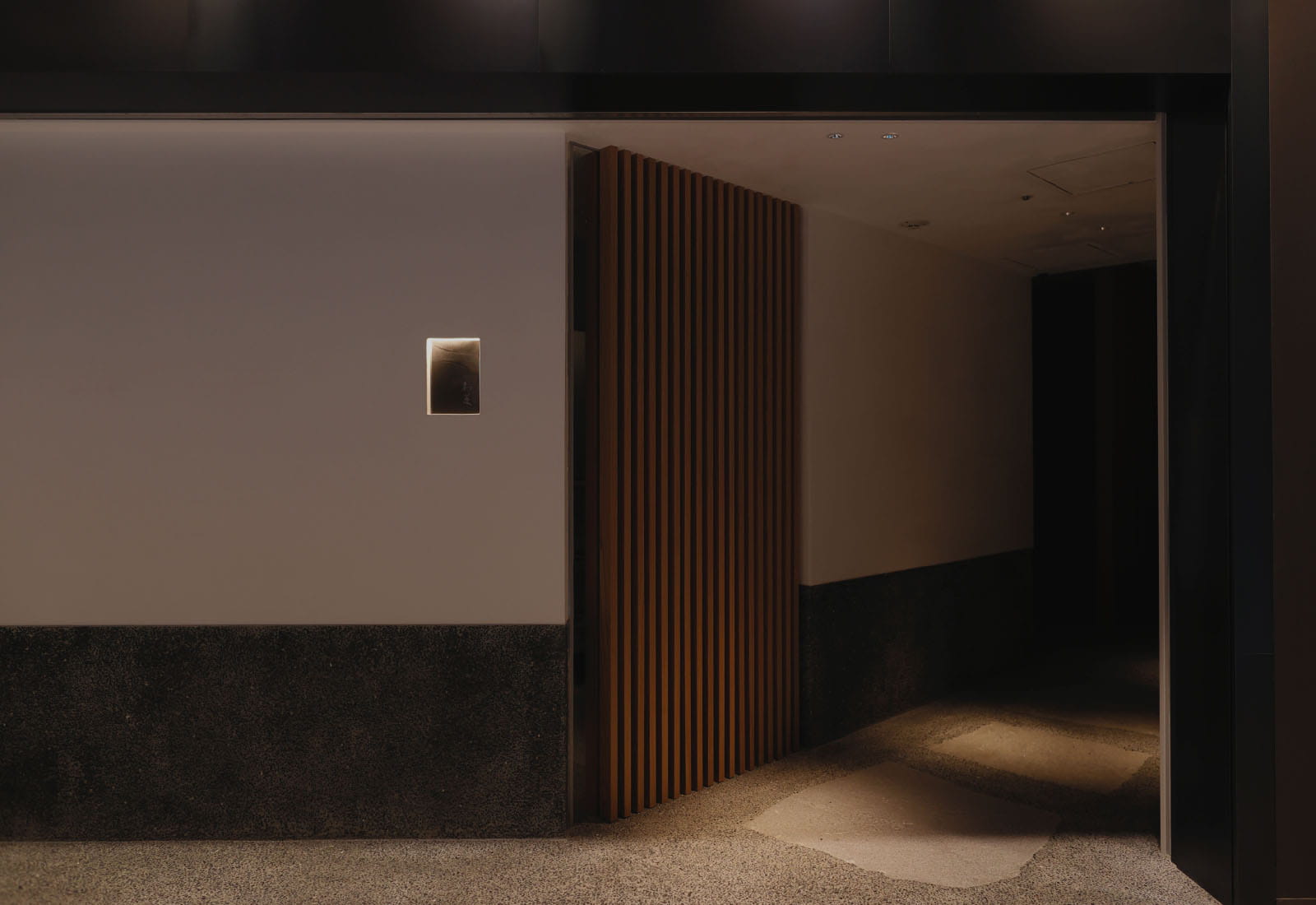
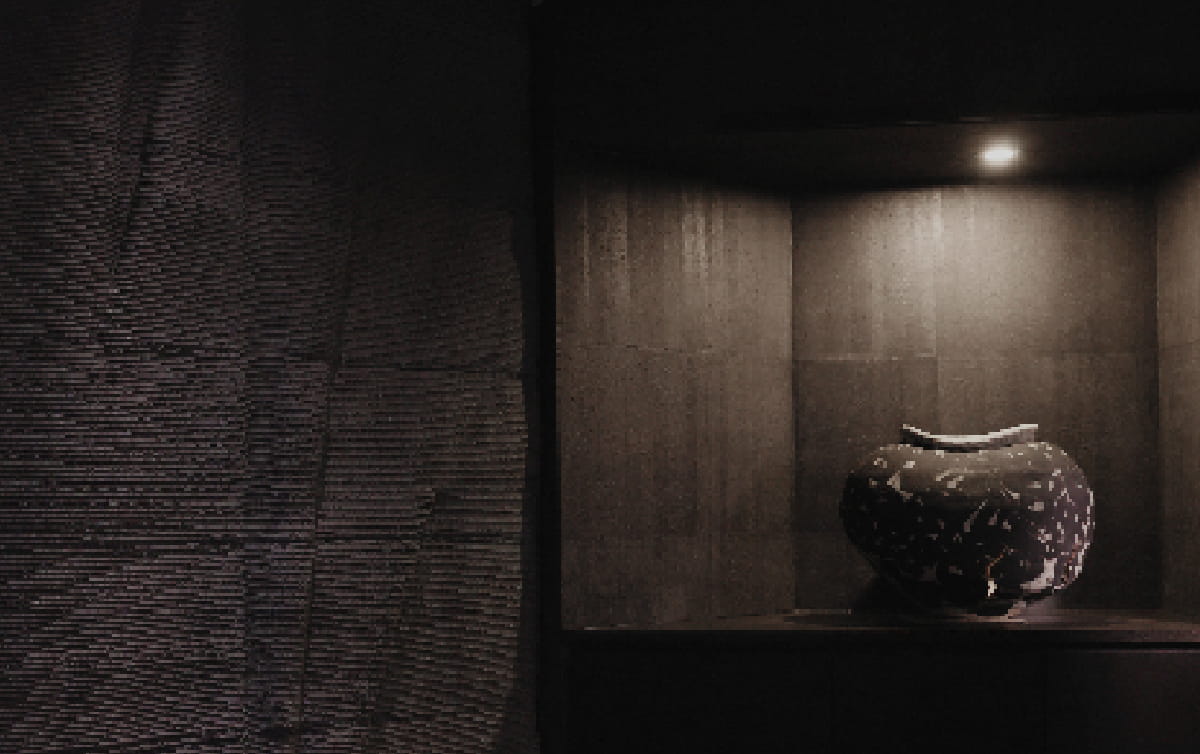
Craftspeople & Artists
Japanese beauty,
our beauty
Modern Japanese artists and craftspeople have taken inspiration from the origins of Japanese art and culture that stems from the Japanese tea ceremony. They interpret the concept of “wabi-sabi,” a traditional Japanese sense of beauty, through their eyes and express their interpretations of beauty through the works formed by their own hands. Through this process, they try to awaken the viewers to their own sense of beauty.
Each artwork and handcrafted piece arranged in harmony gives an additional charm to the one-of-a-kind experience.
-
Koh Kado (Kamisoe)
karakami paper artisan
-
Mikiko Kayama
calligraphy artist
-
Kansai Noguchi
potter and calligrapher
-
Ryuta Fukumura
potter
-
Taiga Takahashi
contemporary artist
-
IZUMIYA SEKIZAITEN (stone mason)
-
Sakura Seisakusho Inc. (furniture maker)
with us and with you in the future.
Gallery










News

Information

GRAND GREEN Osaka south bldg 3rd floor
5-54 Ofukacho,
Osaka-shi Kita-ku, Japan
Opening hours
lunch 11:00-16:00[last call 14:30]
dinner 17:00-23:00[last call 20:30] Reservation only
Number of seats
14 counter seats
3 private rooms: 2 with a four-top table and 1 with a six-top table
Click the button to make a reservation
reservationOur participation in the EXPO 2025, Osaka, Kansai
We share a special moment with people from across the world, with the refined art of hospitality
1&D Co., Ltd., which runs Wagyu Kaiseki Wabi, is participating in the EXPO 2025 Osaka, Kansai, Japan. We at 1&D have set up a teahouse-like booth in the Gaishoku (food service) Pavilion, called UTAGE, hosted by the Osaka Restaurant Management Association (ORA). We present the spirit of wabi-sabi, a traditional Japanese sense of beauty, and the essence of Japanese aesthetic through a Japanese tea ceremony experience and video presentation.
During the entirety of the EXPO, we are holding a tea gathering once a month, organized by Fukutaro Nakayama, who belongs to the Ura-Senke school of tea ceremony and serves as tea host at Ryosokuin Temple. We offer a cup of tea with the heart of ichi-go ichi-e—a Japanese traditional concept that says every encounter happens only once—and a special moment in which guests can immerse themselves in Japanese culture.

